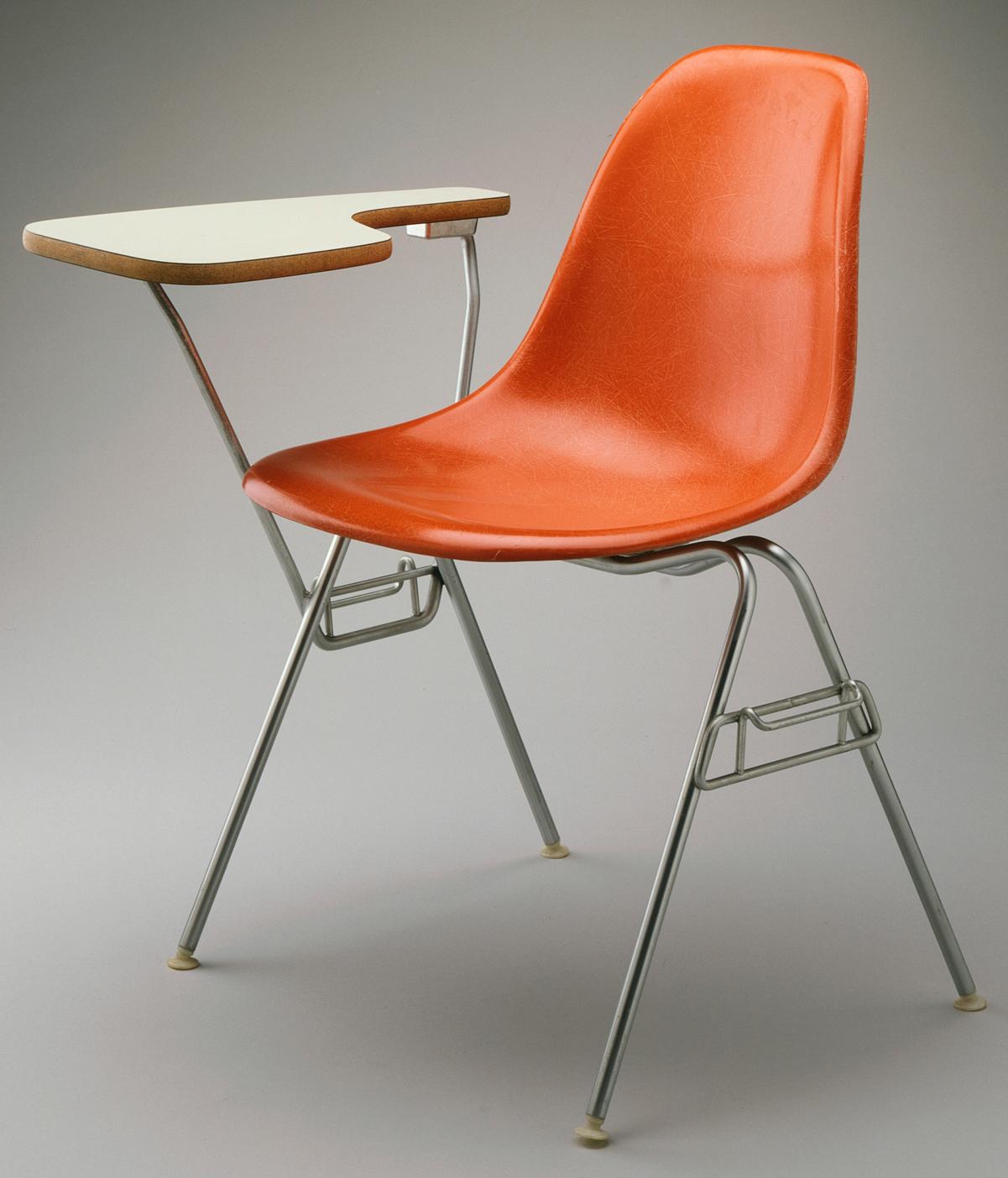Creativity on the Line: Design for the Corporate World, 1950–1975
April 26–August 21, 2017
Stanford, California—A major exhibition on view this spring at the Cantor Arts Center presents a fascinating new perspective on the creation and production of mid-century modern design. Creativity on the Line: Design for the Corporate World, 1950–1975, explores the groundbreaking work of major American designers such as Eliot Noyes and Paul Rand (for IBM and Westinghouse), Charles and Ray Eames (for Herman Miller) and Ivan Chermayeff (for Mobil Oil). European designers, including Ettore Sottsass and Marcello Nizzoli (for Olivetti) and Dieter Rams (for Braun), are also represented.
While these designers have been highly regarded for their innovations in classic works of modern design, this exhibition and its accompanying catalogue instead focus on the relationship between the designers of the 1950s, ’60s and early ’70s and top management in the large corporations for which they worked. On display are some of the highly prized objects created by these designers, including Eliot Noyes’s Selectric Typewriter for IBM and Lester Beall’s logos for Caterpillar. Quotes are extensively used to illustrate the designers’ fear of “selling out” to commerce.
The richly illustrated catalogue accompanying the exhibition includes scholarly essays that expand on subjects related to the exhibition’s main theme. An essay by Wim de Wit, Adjunct Curator of Architecture and Design at the Cantor Arts Center and curator of the exhibition, examines the ambivalence of graphic and industrial designers in their relations with the corporate world. Contributor Greg Castillo, Associate Professor of Architecture in the College of Environmental Design at UC Berkeley, places the work of post-war designers in the larger cultural and political context of the Cold War and of the developing counterculture of the late 1960s and early ’70s. Louise Mozingo, Professor and Chair of Landscape Architecture & Environmental Planning and Urban Design in the College of Environmental Design at UC Berkeley, writes about corporate directors who hired prominent architects to make their office buildings look modern, but then asked landscape designers to soften the seemingly stark architectural effect. The book concludes with an essay by Steven McCarthy, Professor in the College of Design at the University of Minnesota, about design education at Stanford University in the post-war period. Profiles of the major designers and corporations represented in the exhibition are also included.
This exhibition is organized by the Cantor Arts Center. We gratefully acknowledge support from the School of Humanities and Sciences at Stanford University and museum members.
Cantor Arts Center at Stanford University
Founded when the university opened in 1891, the museum was expanded and renamed in 1999 for lead donors Iris and B. Gerald Cantor. The Cantor’s collection spans 5,000 years and includes more than 38,000 works of art. Ranging from classical antiquities to contemporary works, the Cantor’s holdings include the largest collection of sculptures by renowned master Auguste Rodin in an American museum. With 24 galleries and more than 15 special exhibitions each year, the Cantor is one of the most visited university art museums in the country and is an established resource for teaching and research on campus. Free admission, tours, lectures, and family activities help the museum attract visitors from Stanford’s academic community, the San Francisco Bay Area, and from around the world.

